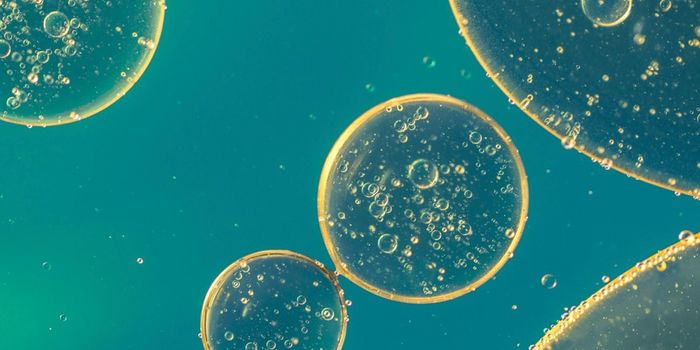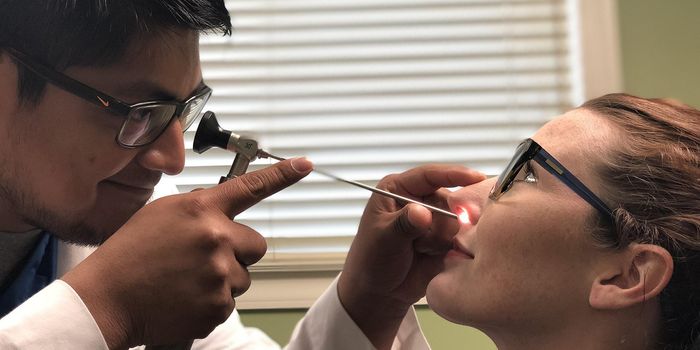Researchers Develop Rapid Method Testing to Identify New Designer Drugs
Swedish researchers have developed a rapid method for measuring the effect of new psychoactive substances (NPS). The study published in Forensic Science International explained the method's scientific basis for narcotics classification. It can provide quick results when classifying many substances tested as narcotic drugs. The research collaboration involved researchers at Linköping University, the Public Health Agency of Sweden, and the National Board of Forensic Medicine.
NPSs are also known as Internet drugs, "designer drugs," or "legal highs," and they are referred to in scientific studies as synthetic cannabis receptor agonists (SCRAs). An NPS produces a psychoactive effect on the brain similar to those caused by tetrahydrocannabinol (THC) and other cannabis compounds. Synthetic cannabinoids affect the brain by binding to and activating the cannabinoid receptors (CB1).
The research team conducted analyses of 17 suspected psychoactive cannabinoid drugs and found fifteen activate the CB1 cannabinoid receptor. Testing revealed fourteen substances tested immediately as narcotics in Sweden.
The rapid test method involved adding NSP to cultured cells with the cannabinoid receptor on the cell surface. The researchers noted the level of receptor activation the NSP caused. They measured the effects of eight different NPS concentrations to assess dose effects.
Roughly 50 NPS enter Europe every year. Current Swedish narcotics classification uses the exact chemical structure of each compound to classify substances. This process is slow. Consumers can access these products until test results come back and the NPS's legal status is determined.
An advantage of the rapid method is that labs can share results directly with the Public Health Agency. A drawback of current testing procedures is the extended time until NSP research data is available in scientific journals.
This study provides valuable insights into emerging risk assessment methods to detect new synthetic cannabinoids and inform proactive regulation of cannabinoid product safety and quality.
Sources: Eureka News Alert, Forensic Science International








